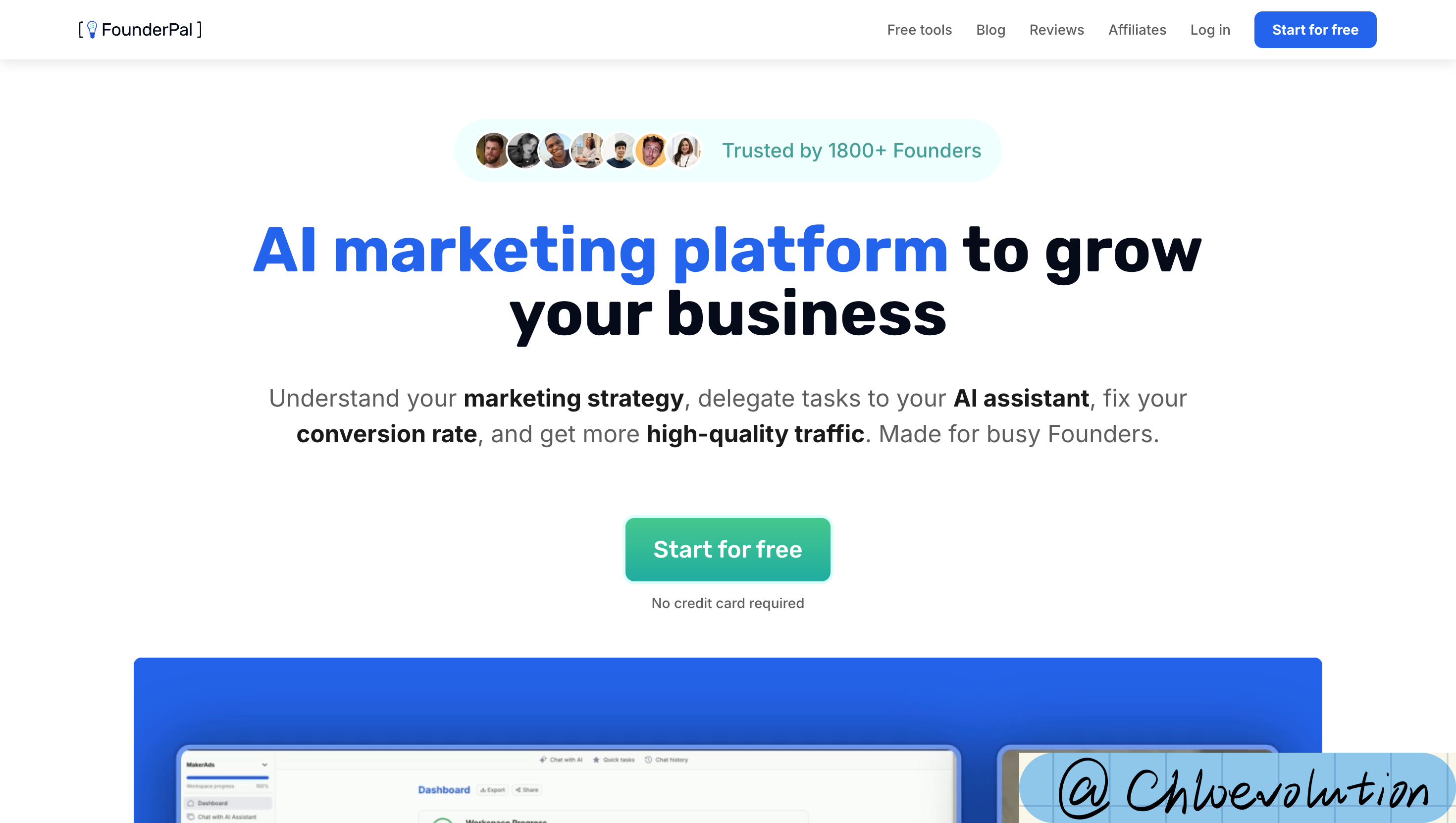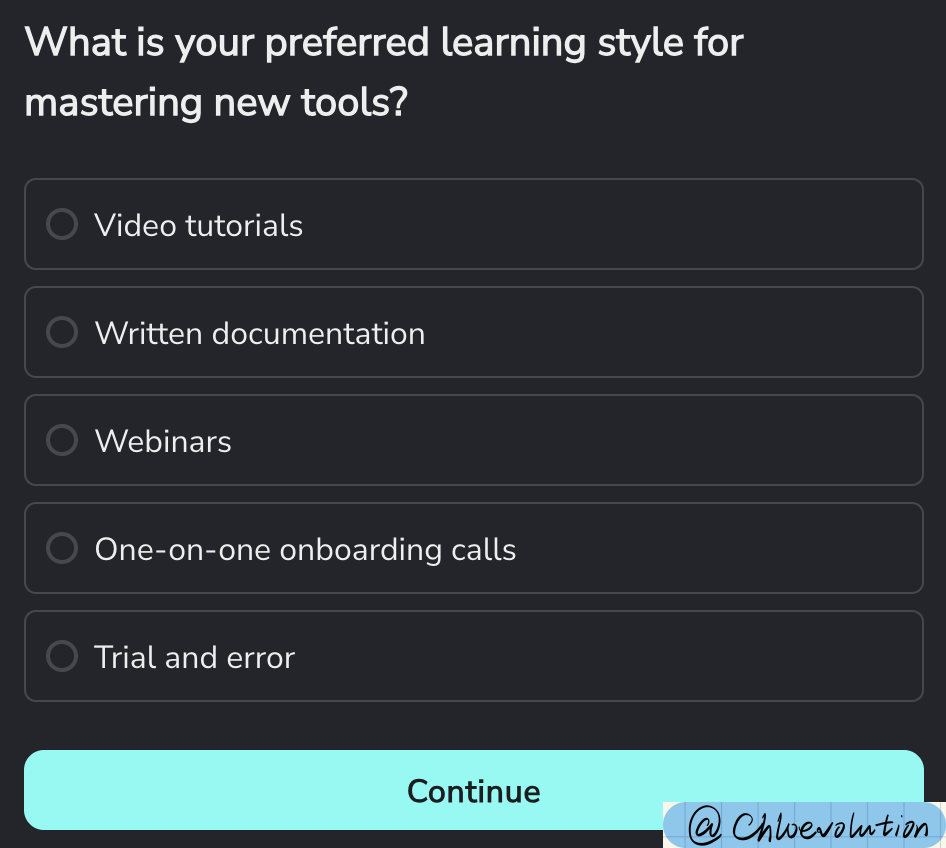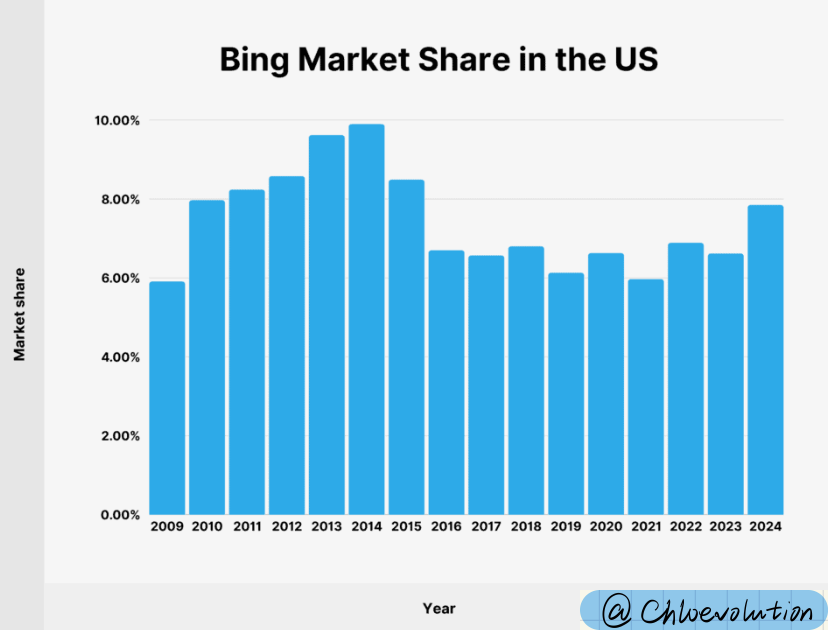FounderPal Review: AI Marketing Tool Hands-On Experience
FounderPal is an AI-powered marketing platform, somewhat similar to Swiftbrief, which we previously reviewed. Its core features include:
- AI Marketing Strategy Generator: Users only need to input basic business details, and the AI will generate a comprehensive marketing strategy within minutes.
- User Persona Generator: Helps users identify and analyze target audiences by creating detailed ideal customer profiles.
- Marketing Idea Generator: Assists users in brainstorming innovative marketing concepts based on industry trends and business objectives.
Website Strategy
Hero Section Messaging




